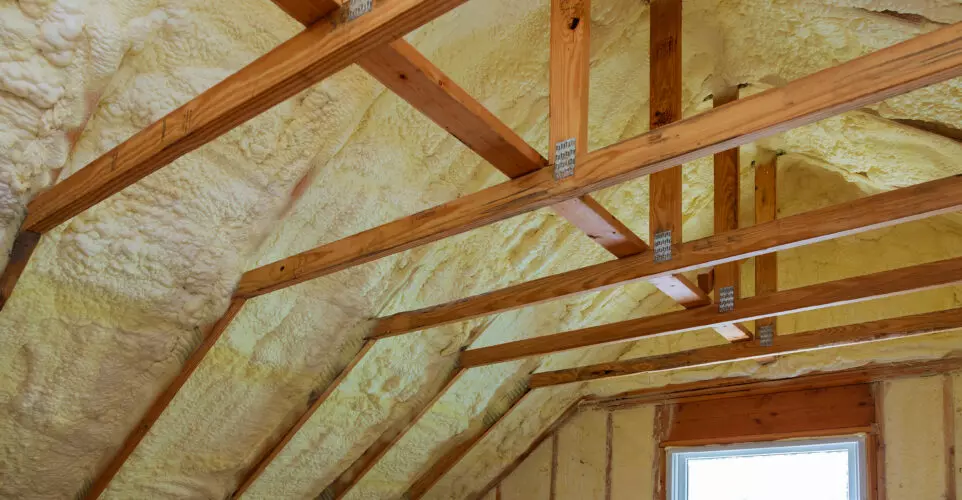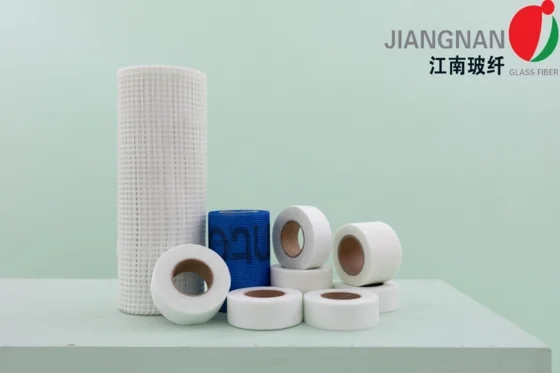Unveiling the Truth: Is Aluminum Foil an Effective Insulator?

When it comes to insulating materials, aluminum foil often sparks curiosity. Its widespread use in the kitchen and packaging industry raises questions about its insulating capabilities. In this article, we will delve into the properties of aluminum foil and explore whether it can truly be considered a good insulator. Join us on this journey as we uncover the truth behind aluminum foil's insulation potential.
- Understanding Thermal Insulation:
To assess aluminum foil's insulating properties, we must first grasp the concept of thermal insulation. Thermal insulation refers to a material's ability to resist the transfer of heat energy. Effective insulation materials reduce heat transfer through conduction, convection, and radiation. - The Science Behind Aluminum Foil:
Aluminum foil is a thin sheet of aluminum metal, typically less than 0.2 millimeters thick. Its unique properties make it a versatile material for various applications. Aluminum foil is known for its excellent thermal conductivity, meaning it can conduct heat efficiently. However, this conductivity does not necessarily disqualify it as an insulator. - Reflective Insulation:
One of the key factors that contribute to aluminum foil's insulation potential is its reflective nature. When used as an insulating material, aluminum foil reflects radiant heat, preventing it from entering or escaping an enclosed space. This property makes it particularly useful in applications such as insulation for buildings, packaging, and even in some specialized clothing. - Limitations of Aluminum Foil as an Insulator:
While aluminum foil exhibits reflective insulation properties, it has limitations that affect its overall effectiveness. For instance, aluminum foil is not an effective insulator against conductive and convective heat transfer. It does not provide significant resistance to heat flow through direct contact or air movement. Therefore, its insulation capabilities are more pronounced in scenarios where radiant heat transfer dominates. - Practical Applications:
Despite its limitations, aluminum foil finds practical use as an insulator in specific applications. For instance, it can be used to insulate hot and cold water pipes, HVAC ducts, and electrical wires. Additionally, aluminum foil is commonly used in the construction industry to create radiant barriers, which reflect heat away from buildings, reducing cooling costs. - Complementary Insulation Strategies:
To achieve optimal insulation, it is essential to combine aluminum foil with other insulating materials. By using aluminum foil in conjunction with materials that provide resistance to conductive and convective heat transfer, such as foam insulation or fiberglass, a more comprehensive insulation system can be created.
Conclusion:
In conclusion, aluminum foil possesses certain insulation properties, primarily due to its reflective nature. While it may not be the most effective insulator against conductive and convective heat transfer, it finds practical use in applications where radiant heat transfer is dominant. By understanding the limitations and complementary strategies, aluminum foil can be utilized effectively as part of an insulation system. So, the next time you reach for aluminum foil, remember its hidden potential as an insulating material.

